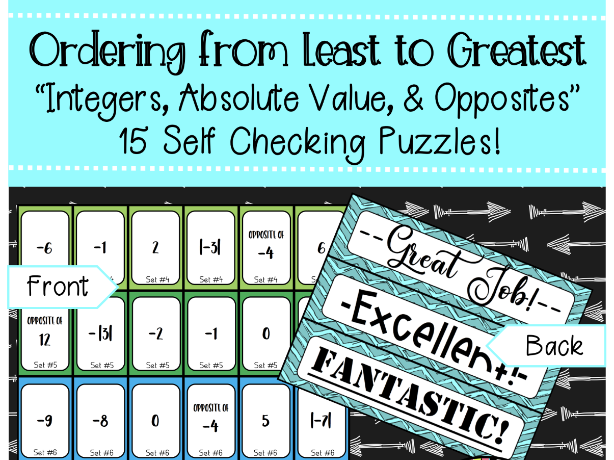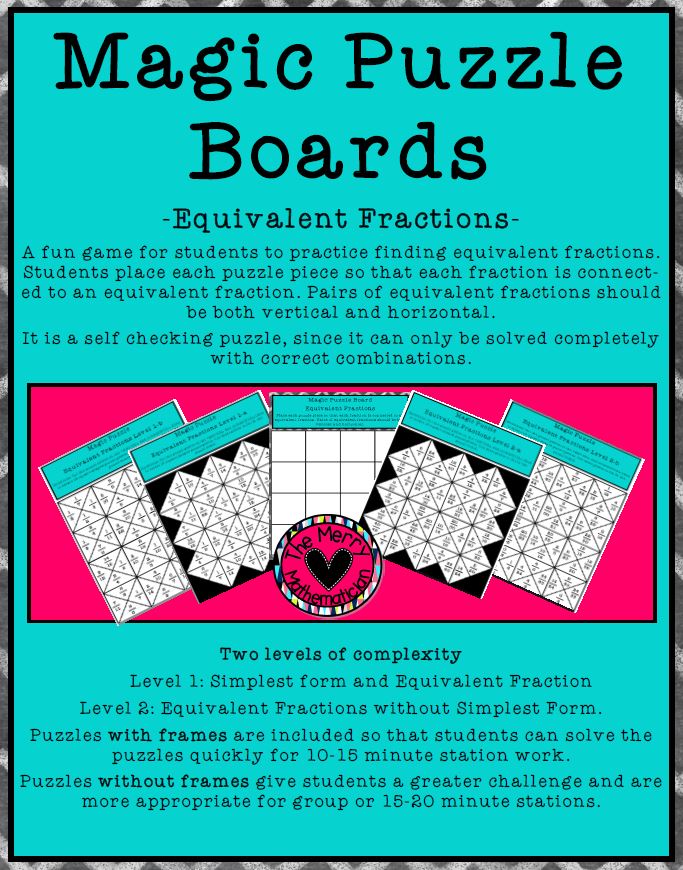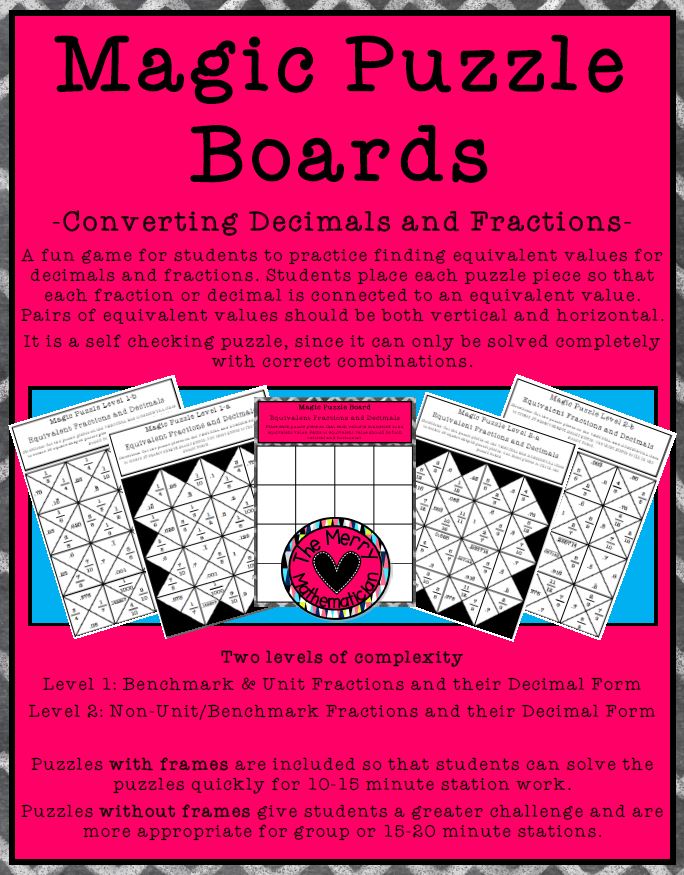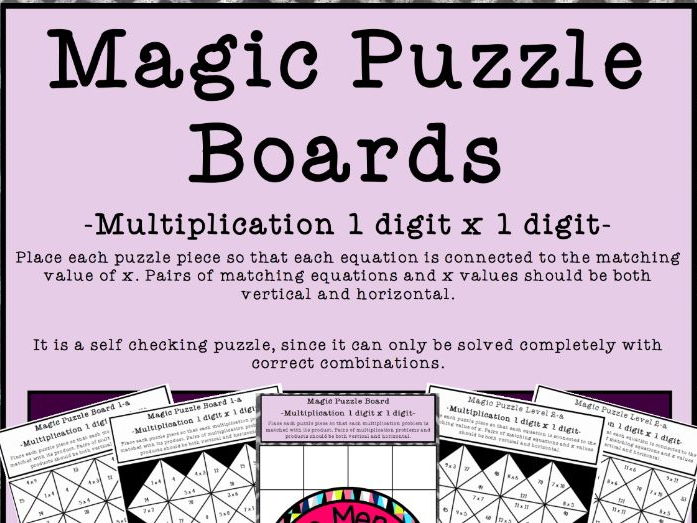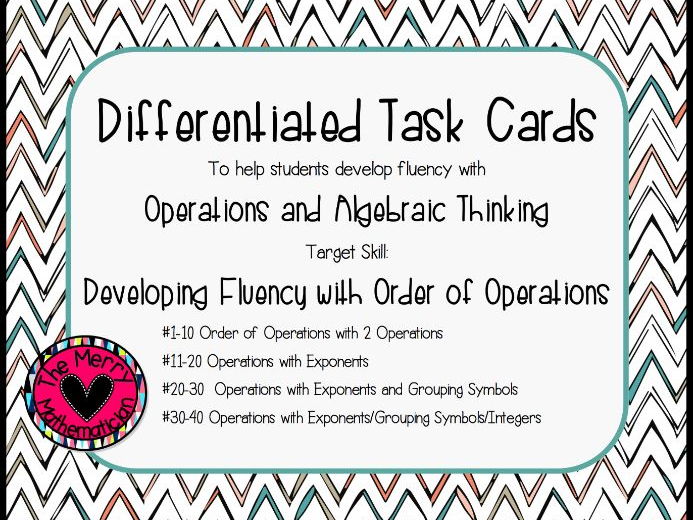The Merry Mathematician's Shop
This shop is intended to put great math resources into the hands of amazing teachers as they seek to develop their students' love and skill in mathematics. I also create a wide variety of non-mathematics resources as I have experience in character education, International Baccalaureate, STEM, Science, and English Language Arts. I am happy to customize products if you see something you would like in a different background or variation, just email me and ask!




